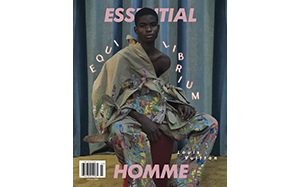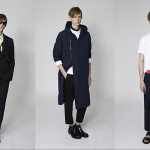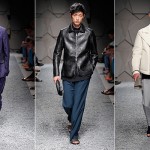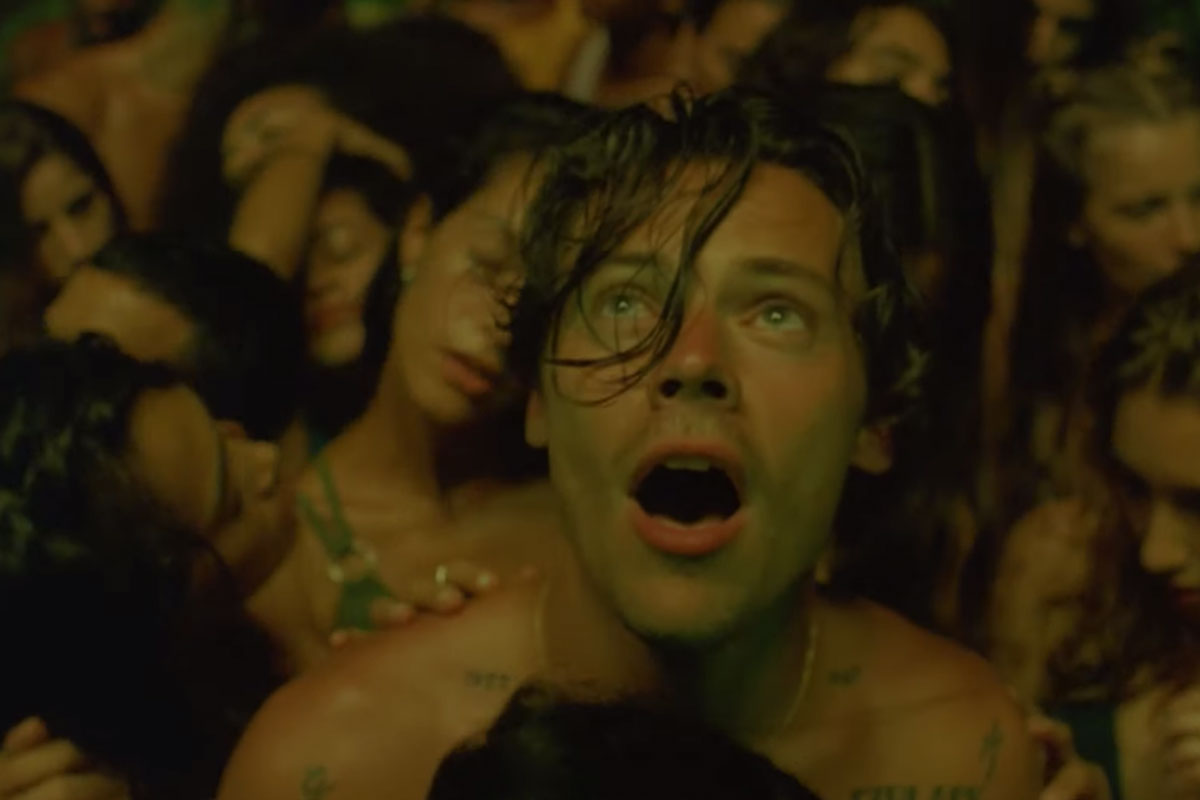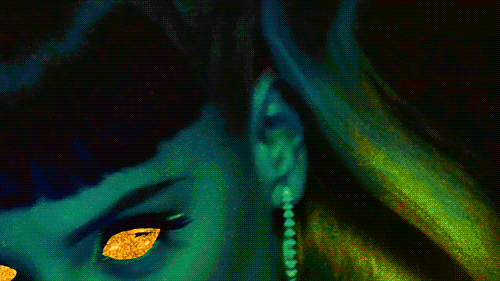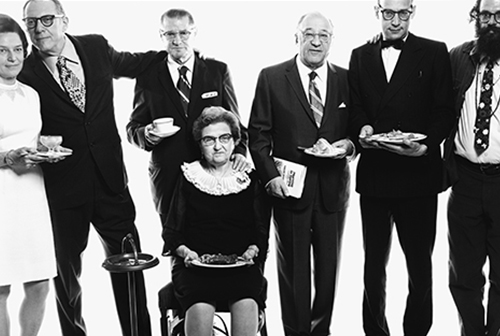
Striking Portraits To Be Unveiled at ‘Richard Avedon: Family Affairs’
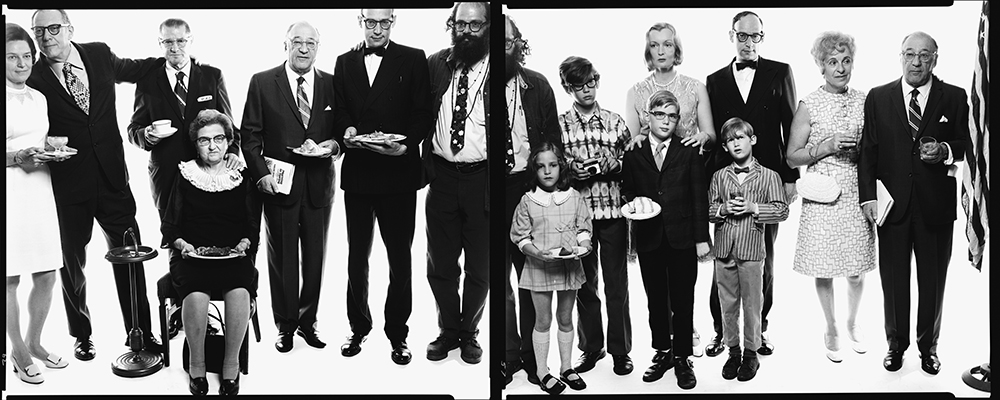 Image: The Richard Avedon Foundation, courtesy of the Collection of The Israel Museum, Jerusalem.
Image: The Richard Avedon Foundation, courtesy of the Collection of The Israel Museum, Jerusalem.
This April, The National Museum of American Jewish History (NMAJH) unveils the highly anticipated “Richard Avedon: Family Affairs” exhibit, a display of works by the legendary fashion and portrait photographer.
“Family Affairs” presents a compelling historical portrait of American culture during the 1960s and 1970s, a time of extraordinary political social change in US history. During this period, Avedon created a visual essay on the nature of American politics when it was most conspicuous. Born in 1923, Avedon was brought up in a Jewish household; his father was a Russian-born immigrant and his mother was from New York. Famous at an early age, he was well known for challenging conventions and exploring the boundaries between high art and social commentary. The artist shaped America’s image of beauty, celebrity, and politics for over a half century until his passing in 2004.
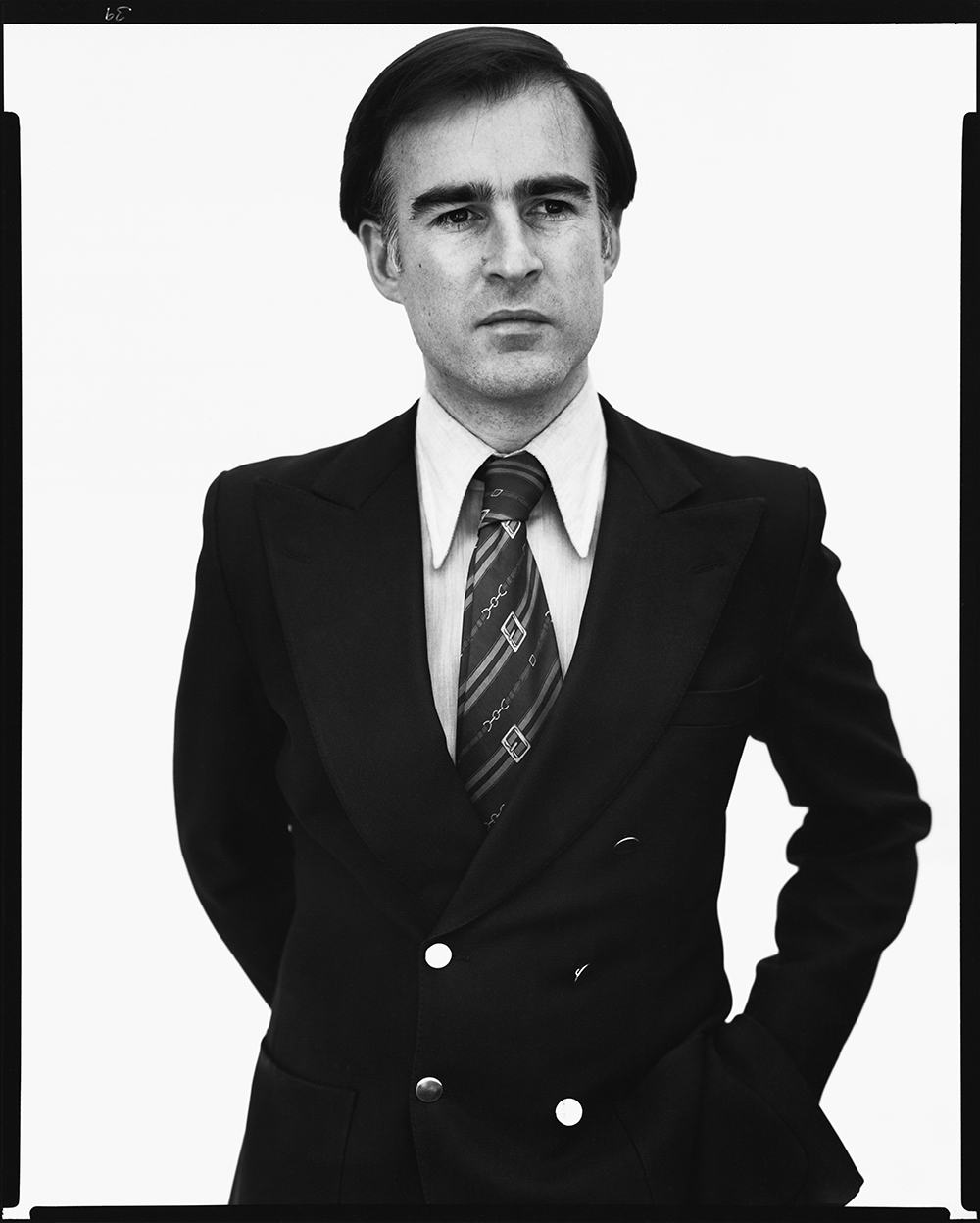 Image: The Richard Avedon Foundation, courtesy of the Collection of The Israel Museum, Jerusalem.
Image: The Richard Avedon Foundation, courtesy of the Collection of The Israel Museum, Jerusalem.
The new exhibition this spring, in collaboration with the Israel Museum, Jerusalem, features two monumental projects by the photographer. The first is a set of four group portraits, including a massive mural of the iconic beat poet, Allen Ginsberg, and his family, as well as three additional portraits shown at a smaller scale: Andy Warhol with members of the Factory, The Chicago Seven, and The Mission Council. The second project is a series of 69 portraits entitled “The Family,” which Avedon created after being commissioned by Rolling Stone to cover the 1976 presidential election. Foregoing traditional photojournalism, Avedon created arresting black and white portraits of each of his subjects. Though his “family members” have no biological ties, they are alike in that they all hold powerful positions of influence, and were at the very epicenter of the events and movements of the time. His subjects including a wide variety of government officials such as George H.W. Bush and Edward Kennedy, media moguls and journalists like Katharine Graham, labor leaders/activists including Cesar Chavez and Ralph Nader, philanthropists like Walter Annenberg, and many more.
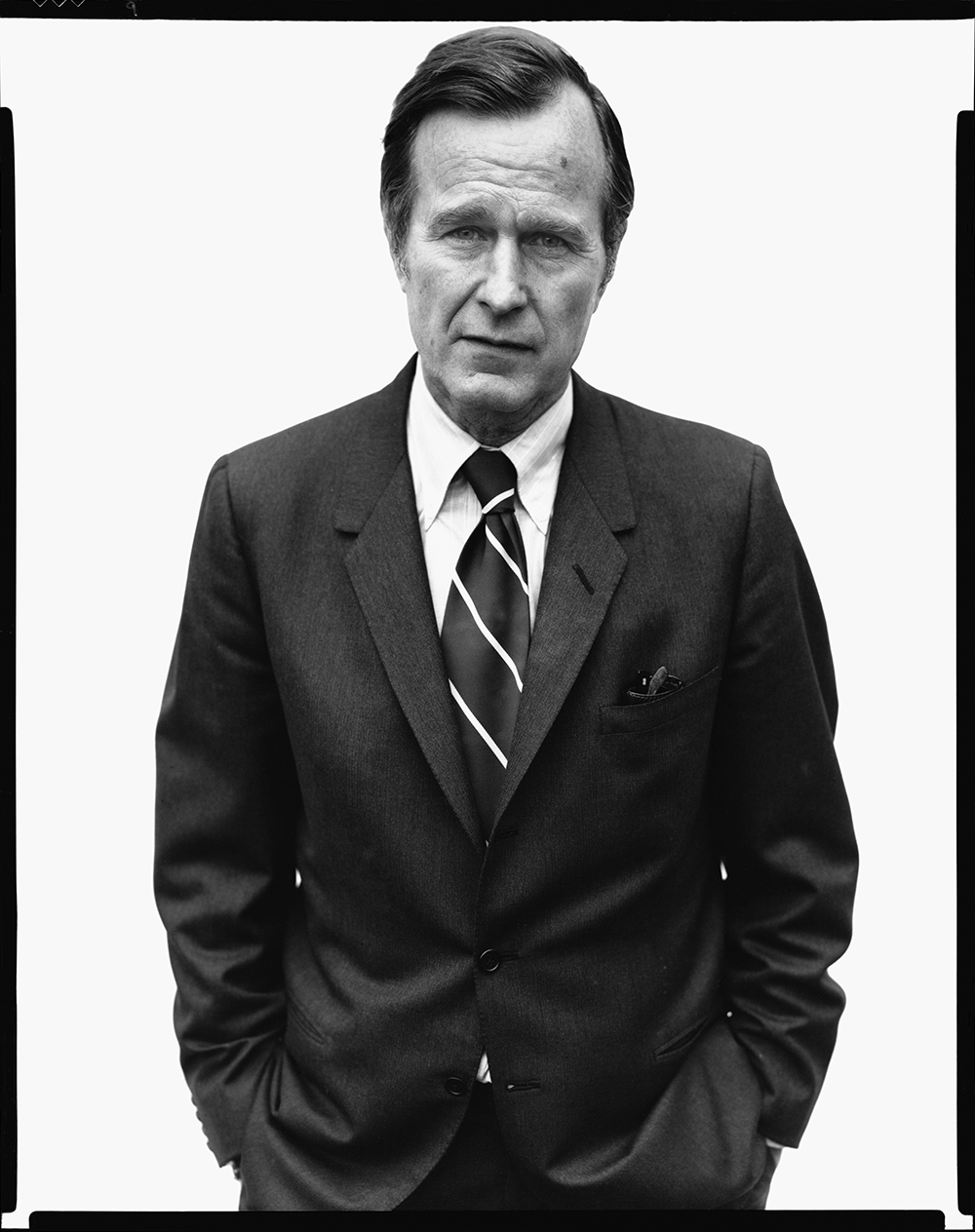 Image: The Richard Avedon Foundation, courtesy of the Collection of The Israel Museum, Jerusalem.
Image: The Richard Avedon Foundation, courtesy of the Collection of The Israel Museum, Jerusalem.
To allow visitors to see “The Family” as it was originally published, NMAJH will provide original copies of the Rolling Stone issue for visitors to flip through, as well as an electronic version via touchscreen. In addition, the Museum will install a photo booth in the middle of the exhibition where visitors can create their own portraits and share them via social media, encouraging them to ponder the meaning of portrait photography in this age of the selfie while also creating a visual representation of NMAJH’s own family of visitors.
“Family Affairs” focuses on the political power in the days leading up to the 1976 election, and as the United States now prepares for the 2016 presidential election, the powerful portraits by Richard Avedon displayed in the NMAJH exhibition will certainly evoke comparisons and important discussions between the nature of political leadership then and now.





